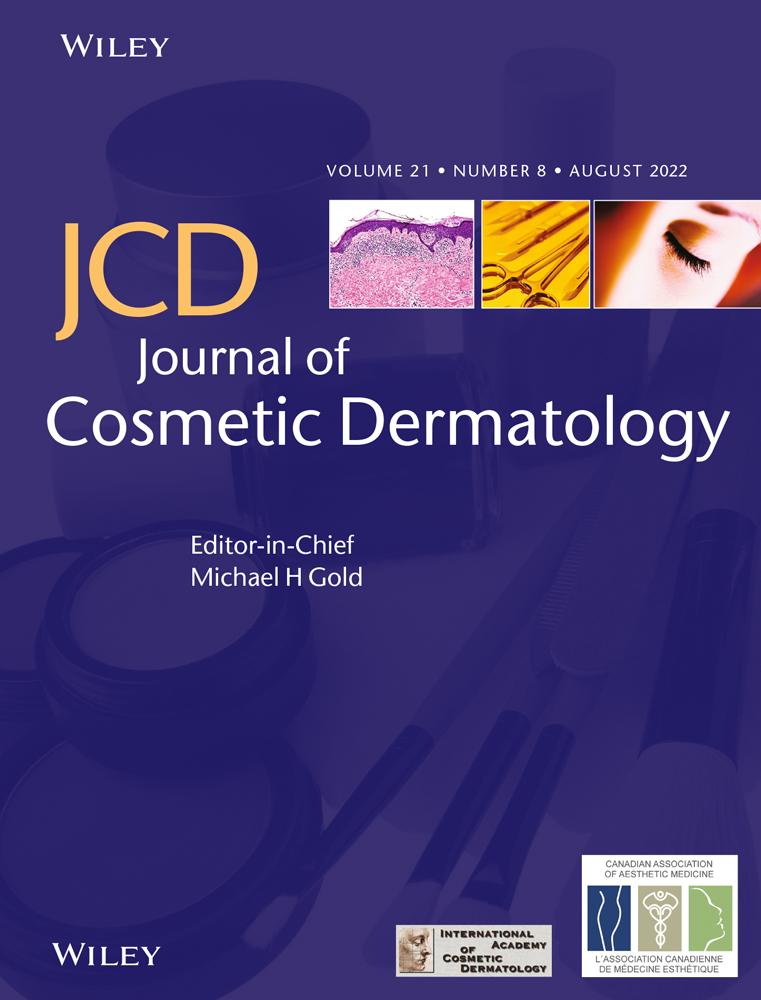Use of quantum molecular resonance energy for managing postrhinoseptoplasty perilesional edema and ecchymosis
Abstract
Background
Quantum molecular resonance (QMR) technology employs nonionizing high-frequency waves ranging from 4 to 64 MHz to generate low-intensity quanta of energy that interacts with cellular components.
Aims
To evaluate the efficacy and safety of QMR treatment on postoperative perilesional edema and ecchymosis in patients with rhinoseptoplasty or revision rhinoseptoplasty.
Patients/Methods
In total, 30 patients were treated with QMR stimulation therapy (QMR group) once daily for 5 days, while another 30 patients were treated with conventional icepack application (control group). The duration of perilesional edema and ecchymosis were comparatively evaluated according to anatomic regions.
Results
In both groups, the longest duration of postoperative edema and ecchymosis was found on the left anterior cheek, followed by the right anterior cheek, left lower eyelid, right lower eyelid, and right and left upper eyelids. The mean duration of overall postoperative perilesional edema was significantly shorter in the QMR group (2.0 ± 0.8 days) than the control group (4.6 ± 2.0 days); the mean duration of overall ecchymosis was also markedly shorter in the QMR group (2.9 ± 1.5 days) than control group (7.5 ± 2.9 days). Patient satisfaction after postoperative QMR treatment was rated as 2.2 ± 0.8, whereas patient satisfaction in control group was rated as 1.6 ± 0.9.
Conclusion
Our clinical study demonstrated that postrhinoseptoplasty QMR treatment effectively reduces the duration of postoperative perilesional edema and ecchymosis without remarkable side effects. We suggest that QMR treatment can be considered as an alternative option for noninvasively managing postrhinoseptoplasty perilesional edema and ecchymosis.
CONFLICT OF INTEREST
None.
Open Research
DATA AVAILABILITY STATEMENT
The data that support the findings of this study are available from the corresponding author, upon reasonable request.




